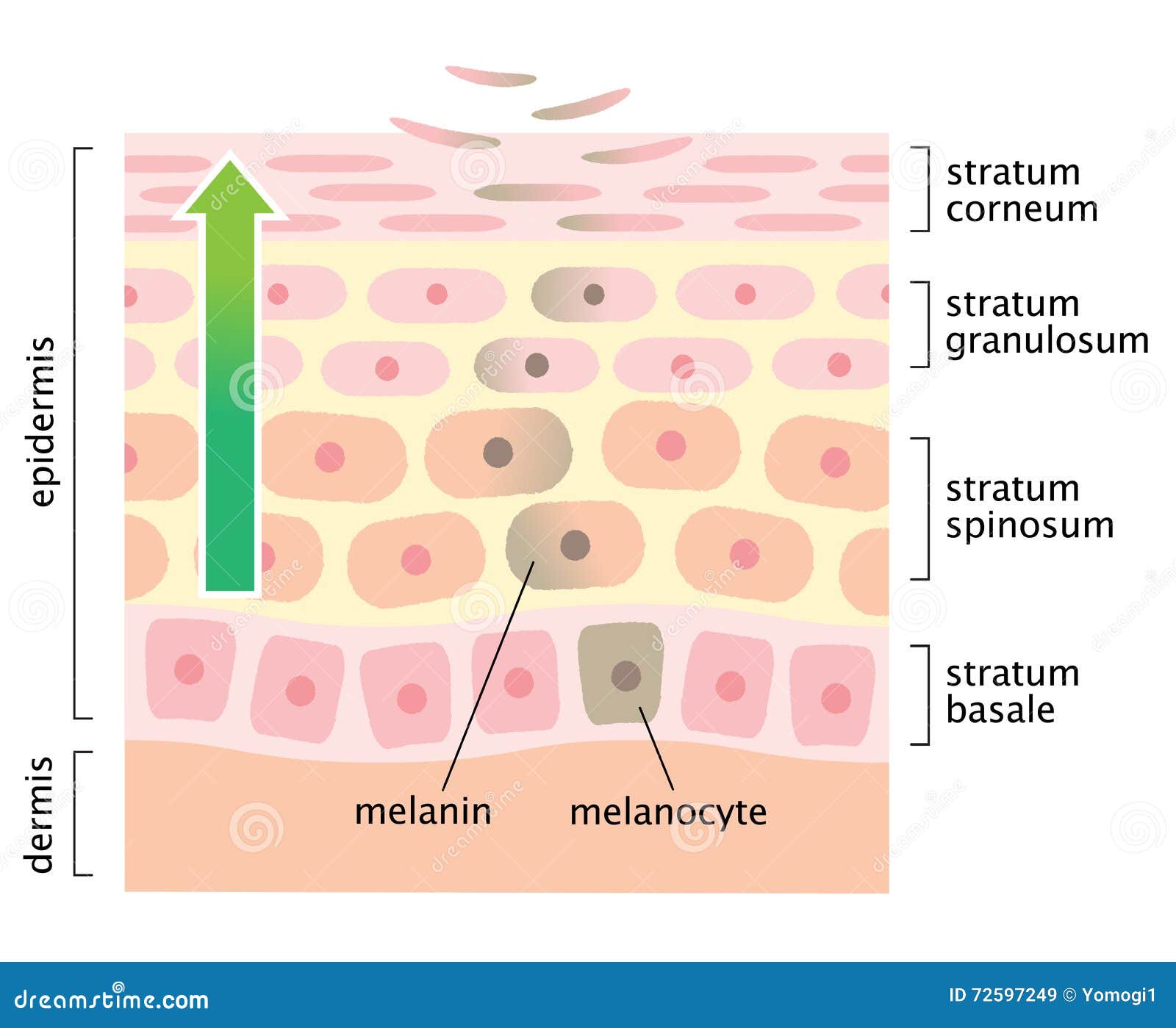
We describe here a distinct self-renewing population of CD146 + progenitor cells at arterial branch points. Using a novel transgenic mouse model, we show that adult aorta VSMCs originate from embryonic dorsal aorta resident progenitor cells with limited contribution from surrounding stem or progenitor cells in the following growth period. We found that immature VSMCs are marked by high expression of CD146 that controls their maturation. This to date uncharacterized variability may lie behind the variegated response of the vasculature to injuries. The diversity of the vascular tree may create different local niches for progenitor cells, influenced by restricted signaling gradients and physical properties. 18 – 20 Lack of cell type–specific marker genes and transgenic models has prevented the construction of a developmental hierarchy of vascular progenitor cells. 17 A population of adventitial cells expresses mesenchymal stromal cell markers and can contribute to vascular calcification. 15, 16 Adventitial CD34 + progenitor cells in rat had minimal role in neointima formation but did provide VSMCs to the outer medial layer of the artery. 14 Similar cells have been identified in human arteries. Stem cell antigen 1 marks a large proportion of adventitial cells that are capable of giving rise to VSMCs after transplantation to experimental vein grafts.

Various stem and progenitor cells have been described around arteries. 13 The underlying cause of this variability has remained unknown. Furthermore, accumulating evidence suggests a great deal of variability in the capacity of VSMCs to respond to injuries. Nevertheless, direct in vivo analysis of this process has been complicated because of the lack of truly VSMC-specific inducible transgenic models. 7 – 12 Thus, extensive indirect evidence supports the capacity of already differentiated VSMC to re-enter cell cycle. 6 Several studies have demonstrated VSMC proliferation and contribution of dedifferentiated VSMCs to neointima formation after vascular injury. 1, 3 – 5 VSMCs can in vitro convert from differentiated state into proliferative phase in a process known as phenotypic switching. The extent in which the regeneration relies on the proliferation of existing VSMCs and on the recruitment of diverse progenitor cells has been hotly debated. Rapid regeneration of smooth muscle coverage is essential for successful repair of vascular injuries. 1, 2 The mechanisms by which VSMCs are recruited and the dynamics of their proliferation are still poorly understood. VSMCs are recruited from the surrounding tissues and as such their origin varies depending on the location of the blood vessel. The descending aorta arises by fusion of primordial aortae at the midline and as the development proceeds branches out to supply blood to the growing organs. Vascular smooth muscle cells (VSMCs) develop early in the embryo and are essential in regulating vascular tone and strengthening blood vessel walls. In contrast, microanastomosis leads to early smooth muscle death and subsequent colonization of the vascular wall by proliferative adventitial cells that contribute to the repair. In limited wire-induced injury response, existing smooth muscle cells are the primary contributors to neointima formation. To characterize the contribution of different cell types to arterial repair, we used 2 injury models. A distinct population of CD146 + smooth muscle progenitor cells emerges during embryonic development and is maintained postnatally at arterial branch sites.
#Cell turnover series
A series of pulse-chase experiments revealed that the origin of aortic vascular smooth muscle cells can be traced back to progenitor cells that reside in the wall of the dorsal aorta of the embryo at E10.5.

We developed a triple-transgenic mouse model to map the fate of NG2 +CD146 + immature smooth muscle cells. By using CRISPR-Cas9 genome editing and in vitro smooth muscle differentiation assay, we demonstrate that CD146 regulates the balance between proliferation and differentiation. We show that CD146 is transiently expressed in vascular smooth muscle development. Customer Service and Ordering Information.Stroke: Vascular and Interventional Neurology.Journal of the American Heart Association (JAHA).Circ: Cardiovascular Quality & Outcomes.Arteriosclerosis, Thrombosis, and Vascular Biology (ATVB).


 0 kommentar(er)
0 kommentar(er)
